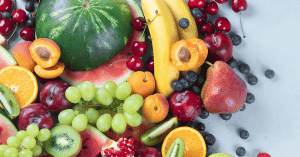To improve the quality of life and respect the environment, it is essential to follow the seasonality of products of plant origin.
Oranges, clementines, apples, pears, chestnuts, but also very tasty fruits, which we sometimes forget, such as quince and pomegranate.
In November we can put on the table good, tasty fruit and very rich in nutrients.
The same is true for vegetables with many beneficial properties, which keep us company throughout the autumn and winter such as: beetroot, broccoli, cabbage, turnip.
From now on, the possible mission is: to eat seasonal fruit and vegetables.
Mission supported by the project “I love fruit & veg from Europe”.
But why is it so important to follow the seasonality of products?
First of all, because it is one of the fundamental rules of healthy eating, which allows on the one hand to enjoy the true flavors of fruit and vegetables, and on the other to fully take on their beneficial properties.
Eating seasonal fruit and vegetables literally improves the quality of life and is also an eco-sustainable action.
In fact, in their natural ripening season, fruit and vegetables retain a much higher quantity of nutrients than products that are out of season and therefore grown in greenhouses.
In this case, it should be emphasized that to cultivate out of season it is necessary to use heated greenhouses, which require: expenditure of energy, pesticides and use of transport, which means increased costs and pollution.
Cold season is coming, first we need to get a load of vitamin C.
We run to the supermarket and fill the cart with citrus fruits. In particular, our allies are: oranges, mandarins, clementines, tangerines.
They do very well, because they are rich in fiber, have antioxidant properties and also have an important immunostimulator function.
And let’s not forget bergamot, also known as the “fruit of health“.
It is a natural stress reliever, helps regulate the intestine and is an effective remedy for combating hair loss and hateful dandruff.
The advice is to prepare a fresh juice or savor it in the form of an infusion or use it to prepare a nice salad.
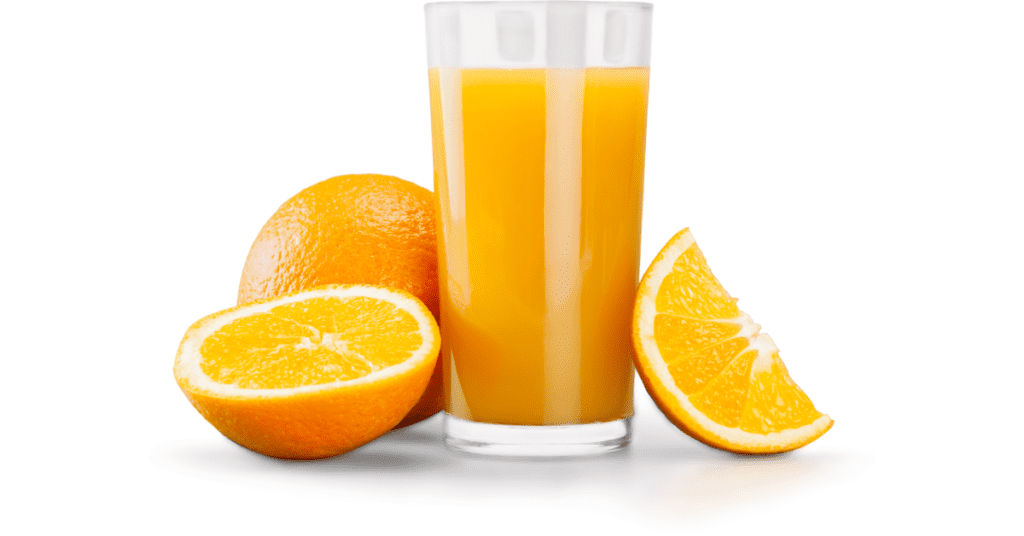
But the fruit with the most vitamin “C” is kiwi. It is so rich in it that it is enough to eat two to cover the entire daily requirement.
We also welcome chestnuts, a real elixir not to be wasted, for its many beneficial properties.
For example, they help improve circulation, strengthen muscles and bones.
And what about their versatility in the kitchen, as well as their extraordinary goodness.
They allow us to prepare many tasty savory and sweet dishes: soups, chestnut and bacon morsels, pappardelle with lard and chestnuts, fresh pasta and biscuits with chestnut flour, cakes, pancakes and much more.
Chestnuts can be boiled, stir-fried, baked in the oven or ground into flour.
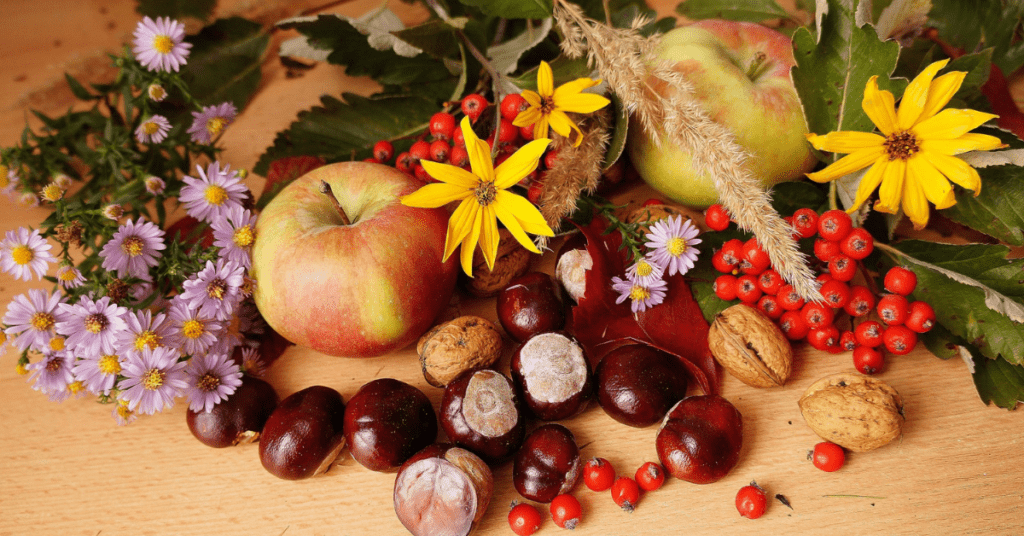
It does not end here, we can also prepare natural cosmetics with the peel or leaves of the chestnut, which will serve in particular to protect, make the hair shinier and with natural reflections.
If you have blond hair, boil the chestnut leaves for twenty minutes, filter and rinse them after shampooing with the infusion. You will get natural coppery reflections.
If you have brown hair, boil the chestnuts with all the peel, keep the cooking water and use it for the final rinse.
Among the seasonal vegetables, broccoli and artichokes at will, cabbage and turnip greens, with which to prepare many delicious and comfortable dishes. From velvety to rustic cakes, through cannelloni and meatloaf.
Simple and tasty recipes such as grated cabbage or the more traditional orecchiette with turnip tops.
The nutritional values of broccoli
They are rich in water and mineral salts (calcium, phosphorus, iron, sodium, potassium, magnesium, chlorine, fluorine, zinc) and vitamins (C, B1, B2, PP, K and provitamin A).
They have very little fat, minimal amounts of sugar and protein and few calories (maximum 25 calories per 100 grams).
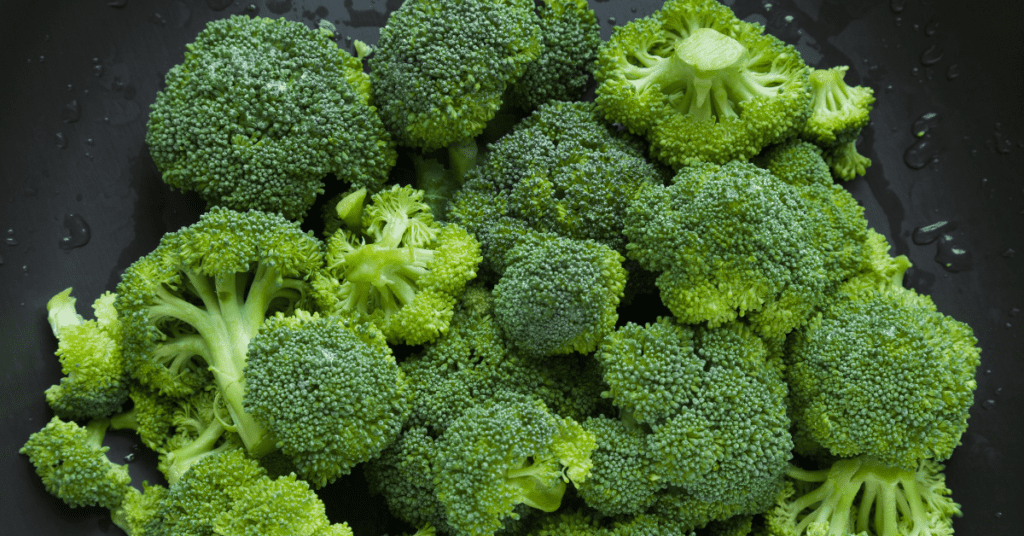
And now we welcome a vegetable that has a thousand-year history: the artichoke considered in ancient Greece as the food of the gods.
In ancient Rome, however, it was a delicacy reserved only for the aristocratic class.
As well as in the Middle Ages, where the artichoke is destined only for royal banquets.
Nowadays it is classified as one of the most widely consumed vegetables.
What are the beneficial properties of artichokes?
First of all they favor: diuresis, digestion and support liver function.
They are very useful for detoxifying the body, the active ingredients confer purifying, digestive and anti-cholesterol properties.
They are low in calories (22 per 100 grams) and are rich in fiber, which contribute to the anti-cholesterol and hypoglycemic action of these vegetables.
Due to the abundance of fiber, they have a very low glycemic index, which makes them a very suitable food for the diet of people suffering from diabetes.
A curiosity: the characteristic bitter taste of the artichoke is due to the presence of a substance called “cynarin”, which is responsible for many of the nutrients present in the vegetable.
In the kitchen go wild! The best way to consume them is certainly raw, to benefit from all their properties and you can prepare excellent salads to be enriched with parmesan flakes.
But if for once you want to treat yourself to a fried dish, the artichokes in batter are for you.
They are also excellent in the oven and so versatile that they lend themselves to many recipes: risottos, pastas, side dishes and much more.
For herbal tea lovers, the artichoke one is very tasty, it is prepared with dried leaves that can be bought in herbal medicine and has known diuretic and purifying properties.
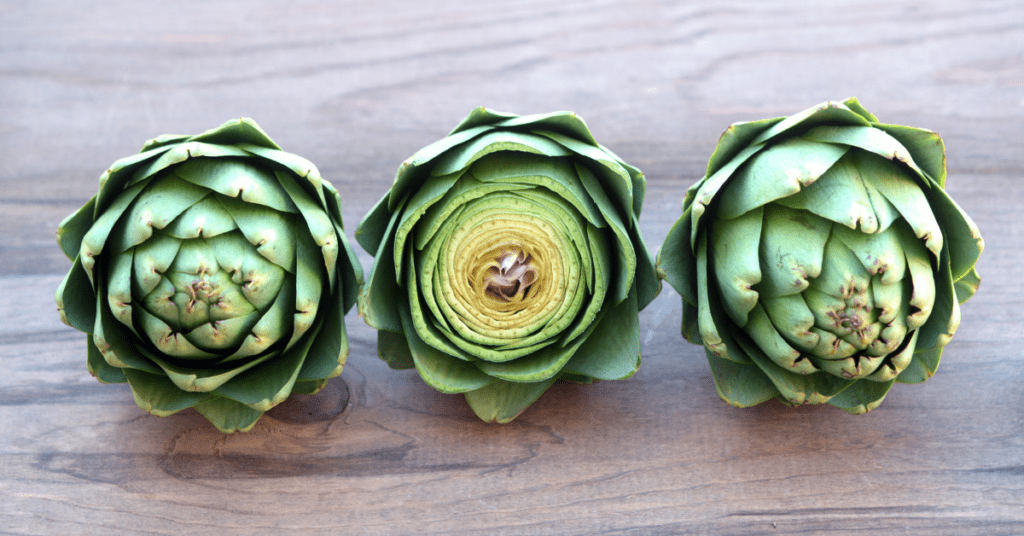
Seasonal fruit in November: pineapple, oranges, avocado, bananas, chestnuts, cedar, kiwi, mandarins, pomegranates, apples, walnuts, papaya, pears, grapefruit, grapes.
Seasonal vegetables in November: broccoli, thistle, artichokes, carrots, catalonia, cauliflower, Brussels sprouts, cabbage, turnip greens, mushrooms, envy, aubergines, radicchio, salsify, celery, spinach, Jerusalem artichokes, truffles, courgettes.
By Federica Riccio


